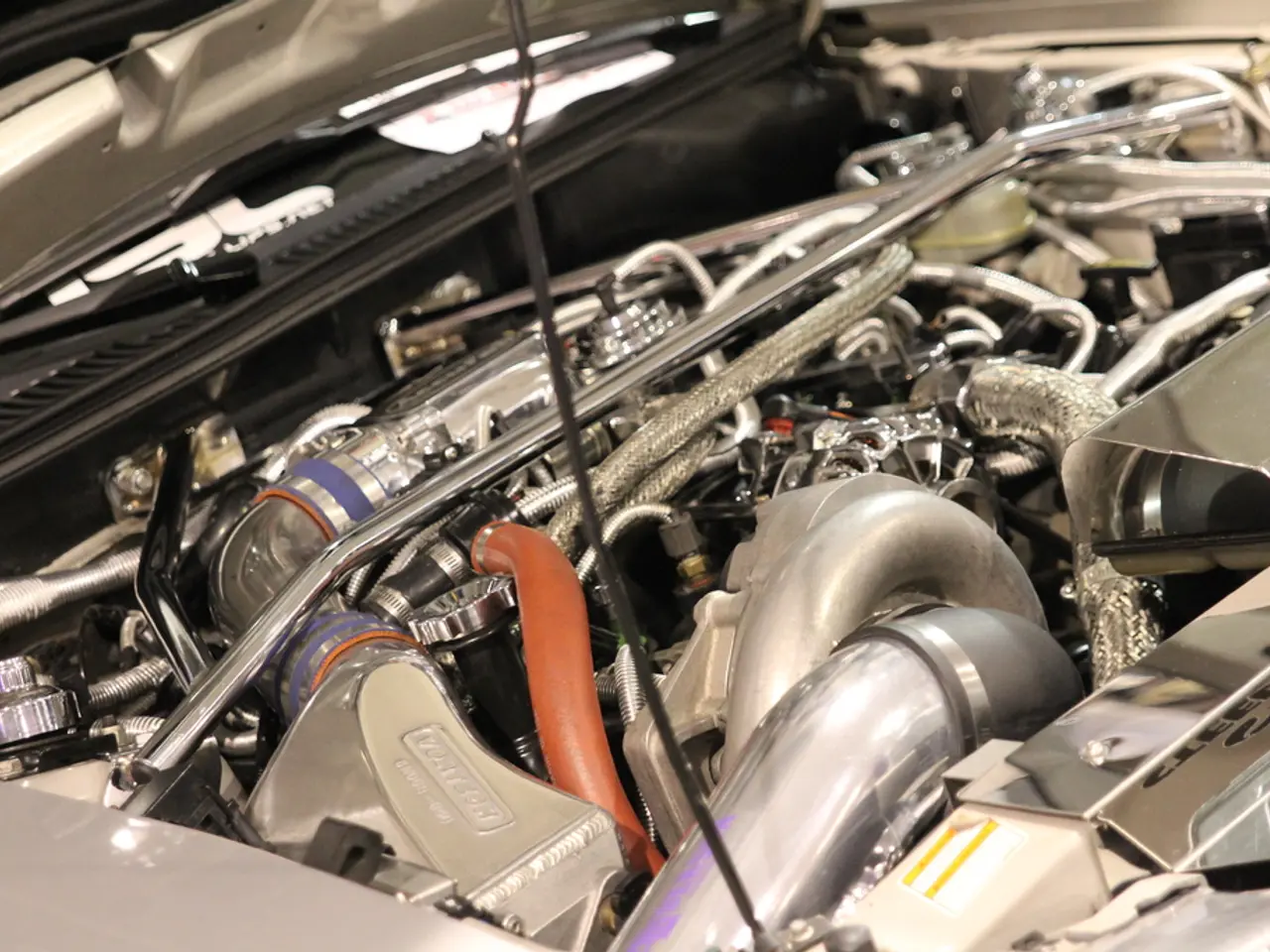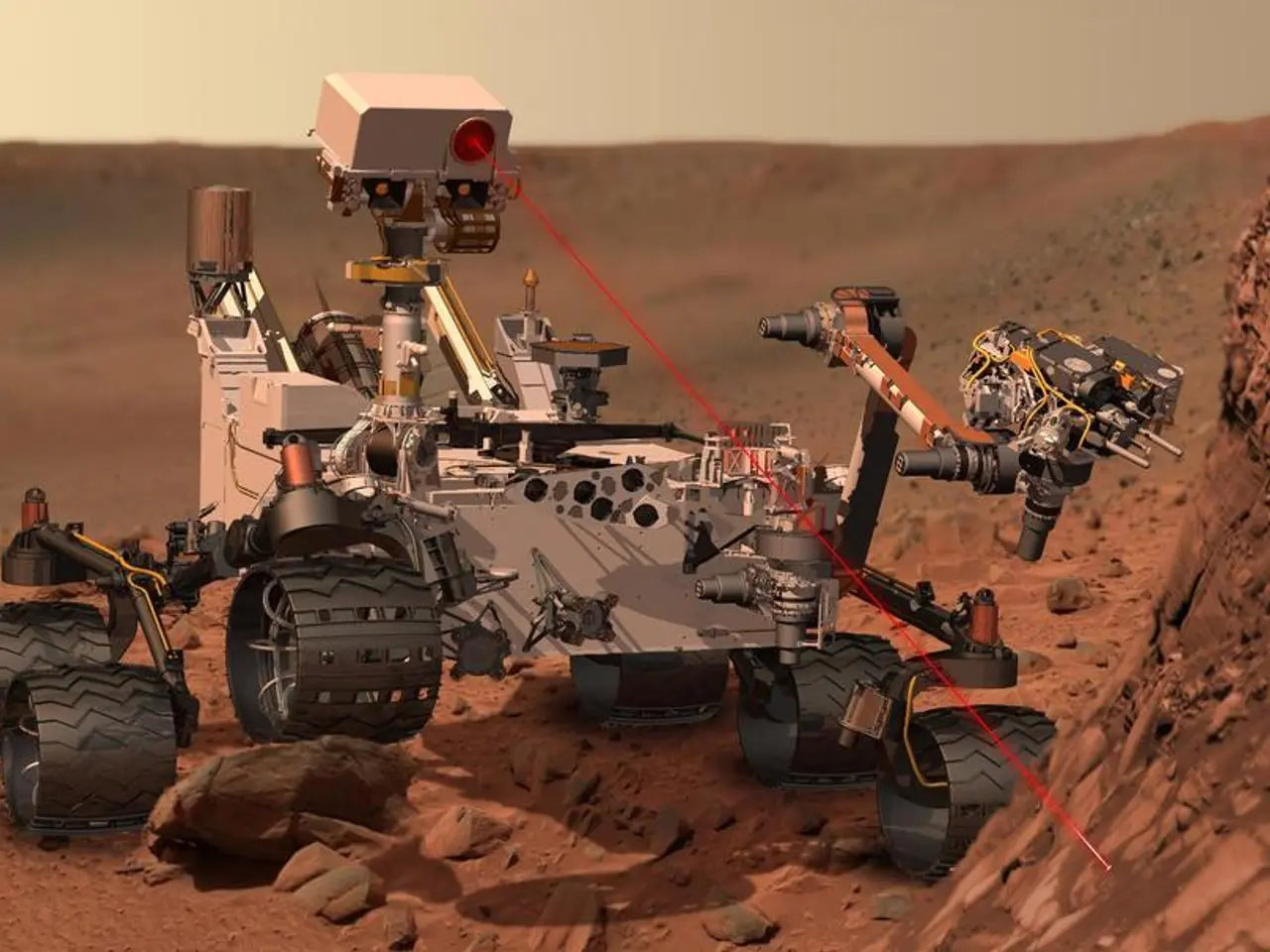Enhancing Monarchical Power Series #8, Part 2: Modern Technology Elevates Engine Performance Past the Initial Model's Limit
==================================================================================================================
In the heart of Japan's automotive industry, the Motomachi Plant in Toyota City, a remarkable restoration project was underway in the spring of 2022. The team, led by Assistant Manager Takayuki Miwa and experts Takuya Sato and Hiromu Nakabayashi, embarked on a mission to breathe new life into a 70-year-old engine - the Type R engine of the first-generation Crown.
The restoration process was a delicate balancing act, harnessing modern technologies to restore a vintage engine while preserving its original charm. The team faced several challenges, with abnormal cylinder wear being the most daunting. To overcome this, they turned to cylinder bore honing, a process considered the cornerstone of engine manufacturing technology.
Cylinder bore honing involves a cylindrical tool fitted with a grindstone, which is inserted into the cylinder. With grinding coolant flowing, it moves up and down while pressed against the cylinder bore surface. The rotary tool that houses the grindstone is equipped with a sensor, serving as a torque meter, providing information on the cutting load during machining.
The honing process is meticulous, minimising the depth of surface machining due to the lack of spare engine blocks. The team used three different types of grindstones: diamond, CBN, and WA. They controlled surface roughness at the micron level during the honing process, aiming for the ideal roughness that would allow the engine to reach peak performance and durability.
Restoring vintage engine cylinder bores typically involves precision machining techniques such as bore honing or cylinder rebore to restore the cylinders to their proper dimensions and surface finish. In modern restorations, advanced technologies, such as laser honing or plasma coating, may be used to improve cylinder wear resistance and sealing, thereby enhancing engine efficiency and durability beyond the original specification.
For the first-generation Crown restoration project, Toyota combined traditional craftsmanship with modern CNC machining and surface finishing technologies. This approach enabled them to restore the bore diameter to factory specifications or slightly optimise for modern piston rings, improve the cylinder wall surface finish to enhance oil retention and reduce friction, and apply advanced coatings like Nikasil or DLC coatings to reduce wear and improve heat dissipation.
The results were impressive. The restored Type R engine exceeded expectations in terms of power, showing signs of having overheated multiple times in the past were a thing of the past. The engine now runs with an entirely new level of smoothness and power, a testament to the team's dedication and the power of modern technology.
This restoration project, tracked in the second half of the eighth edition of the Kamigo Plant/Shimoyama Plant Engine Manufacturing Engineering Division's series, is a shining example of Toyota's commitment to preserving automotive history while pushing the boundaries of engineering excellence. For more detailed specifics on Toyota’s restoration methods for the first-generation Crown engine cylinder bores, consult Toyota’s official restoration documentation or press releases related to that project.
- In the realm of finance, investors from the global technology sector may find the restoration process of the first-generation Crown's engine intriguing, as it exemplifies the successful amalgamation of traditional craftsmanship with modern CNC machining and surface finishing technologies.
- With the advancement of transportation means, particularly for the automotive industry, the strategy employed by the Toyota team in restoring the Type R engine could potentially inspire effective problem-solving methodologies in other engineering industries, like adopting cutting-edge technologies to remedy age-old challenges while preserving historical integrity.




